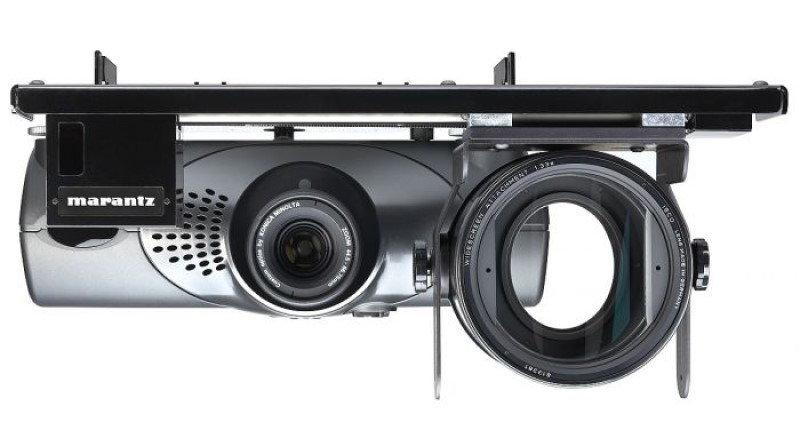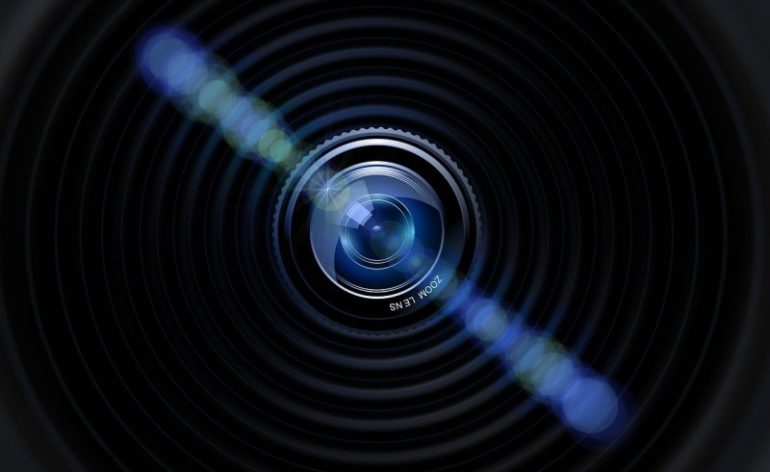Which is Brighter: Anamorphic Lens or Zooming
Whenever I read an AV article, I look out for “facts.” Yes, I’m saying “facts” in air-quotes and I’m doing the air-quotes as I write this. No, it isn’t easy. I’m a professional. Don’t try this at home. These “facts” are usually stated like, “Everyone knows that…” or “It’s been well documented…” Don’t look for a link to any supporting evidence. There won’t be one. So, if you read a review of an anamorphic lens, you’ll read, “Everyone knows that using an anamorphic lens will give you a brighter image because it uses all the pixels.” No evidence is ever offered because the statement makes sense (Face Validity). But is it true? Is using an anamorphic lens brighter than zooming the image?
The Argument
Content that is shot in 2.35:1 aspect ratio (sometimes called cinemascope) doesn’t fit correctly on a normal 16:9 display. This creates black bars on the top and bottom of the screen. For true movie lovers, the only way to go is a projection screen with the “correct” aspect ratio. But the panels in the projectors are natively 16:9. So, how do you get the image to fit on the screen? You can either zoom the projector so the black bars are projected above and below the screen, or buy an anamorphic lens setup.

The anamorphic lens is a physical lens that slides in front of your projector’s lens. It purposely distorts the image so that a 16:9 picture is stretched to a 2.35:1 ratio. To make that work with your projector, the projector needs to process the image so that the one it projects is taller than it is supposed to be. If you were to project it onto a 16:9 screen without the anamorphic lens, everything would look tall and thin. The anamorphic lens stretches the image to fit a 2.35:1 screen so that everything looks normal.
We’ve already chronicled why we don’t think a 2.35:1 screen is a good idea so we won’t belabor the point here. The argument for an anamorphic lens setup is that the screen is getting “all” the light the projector is putting out. By zooming the projector, about 30% of the actual image is black bars. That means, if my math is correct, you are missing 30% of the pixels and, theoretically, 30% of the brightness.
Makes sense, right?
Are Anamorphic Lens Setups Actually Brighter?
There are a number of things that affect the brightness on both sides.
On the anamorphic lens side you have:
Pros:
All pixels are used.
Cons:
The anamorphic lens reduces light output
May need to increase the distance from the screen
On the zoom side you have
Pros:
Zooming out increases brightness
Can be closer to screen
Cons:
Fewer pixels utilized
There are articles that will tell you that you can get up to 20% more brightness from an anamorphic lens setup over the zoom method. That is true if you hold all other variables equal. But zooming an image out, increases the amount of light that is released from the projector. In a fully zoomed out projector, as much as 20% more light can be experienced, holding all the other variables equal (some say 25% for both but whatever).
Do those numbers seem similar to you?
There are other things to consider as well. Many projectors have eco and standard lamp modes. If there is a brightness difference, switching lamp modes can even everything out. Changing the location of the projector so that it is closer to the screen or farther away can also have an effect. When we look at real-world applications, there are really no differences in brightness. Therefore brightness is not a compelling reason to spend the many thousands of dollars on an anamorphic lens setup.
Conclusion
In the end, the anamorphic lens and zoom methods are a wash in brightness. You’re unlikely to notice an actual difference between the two. If you are a movie buff, or just really want an anamorphic lens, more power to you. There are benefits to the anamorphic solution. Brightness, regardless of the “popular” wisdom, is just not one of them.



Dude stop spreading such bullshit! Clearly the anamorphic lens WILL increase brightness that is tested, measured.
Unless you are buying some piece of crap junk from ebay.
Shame on you.